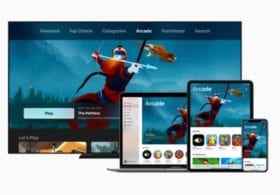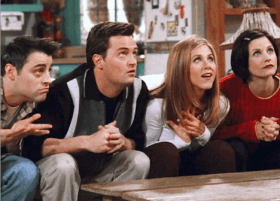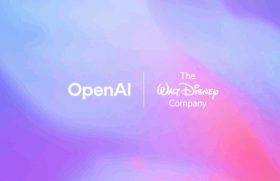
By Julie Clark, SVP, Diversified Markets, Media & Entertainment
 Streaming habits, social behavior and content choices shift by the day. Brands that cannot adapt in real time will miss the moment.
Streaming habits, social behavior and content choices shift by the day. Brands that cannot adapt in real time will miss the moment.
As an audience, Gen Z is a moving target. They spend hours online but drop platforms the moment they lose utility. Their loyalty is not to channels or formats. It is to whatever is (or feels) relevant right now.
New research from TransUnion confirms the volatility of the landscape. Forty-five percent of Gen Z spends more than five hours online daily, and over half say they have canceled at least one streaming subscription in the past three months. Social media use increased four percent in just one quarter.
Marketers cannot assume one platform equals one mindset. Gen Z turns to Twitch for interaction, TikTok for cultural moments, and YouTube for utility. Each platform serves a different purpose, and marketing strategy needs to meet them there.
This presents a challenge for advertisers planning around fixed environments. The content mix changes constantly. Platforms that once anchored media plans are now just icons on a crowded home screen. Attention is active. Loyalty is low. Timing is everything.
Streaming is a habit, not a commitment
Streaming is still a daily habit, but the relationship has changed. It is no longer about loyalty or long-term value. It is about what feels worth it at the moment.
Viewers treat streaming services like flexible choices, not fixed costs. They cancel, rejoin, or downgrade to ad-supported tiers depending on what is available and affordable. Subscriptions are revolving doors.
Platforms have adjusted. Netflix, Disney Plus and Prime Video leaned into ad-supported tiers, and those adjustments landed smoothly. Gen Z was already making trade-offs between access and cost. Ads are not a barrier. They are part of the value equation.
For marketers, these shifts create opportunity. Ad-supported environments are not fallback placements, they are context-rich moments with real potential. The key is to deliver value, not just visibility. The right creative, in the right setting, can make an ad feel like part of the experience rather than an interruption.
Content is constant, but the form changes
Gen Z is everywhere online, but not for the same reasons. YouTube still dominates reach. TikTok and Instagram shape culture. But consumers are moving into platforms that offer something else — community, control and context. Reddit and Twitch are growing because they serve those needs.
Each platform plays a different role, some passive, others participatory. A Reddit thread replaces a how-to video. A Twitch stream can feel like a live event. These are not substitutes for television. They are entirely different formats shaped by how Gen Z expresses themselves and how they choose to engage with content.
Audio captures a large amount of attention as well. One in three Gen Z users listens to podcasts weekly. Music streaming is a daily constant. Podcasts fill commutes. Playlists carry work sessions. Audio travels across moments, few formats can match that engagement.
Live content is evolving. Wrestling, eSports and UFC draw real attention. They do not always make it into media plans, but they move products. A large share of younger viewers say sponsorships influence what they buy.
Baffling many, content preferences these days do not follow neat categories or dayparts. Gen Z watches kids’ shows and adult animation. They stream cable originals and digital-first series. Context, timing and convenience drive the choice more than age or genre.
The moment matters more than the medium
Reaching Gen Z is not about picking the perfect format. It is about showing up when the timing makes sense. That could be a podcast segment, a Snap ad, a twich sponsorship or a playlist feature. For the first time, format is less important than the fit.
Start with behavior, not personas. Gen Z uses each platform with intent. Understand what they are looking for (e.g. culture, information, entertainment, connection) and align your message with that experience.
Do not plan around fixed channels. Plan for shifting attention. Use real-time insights to track where Gen Z is spending time and what they are interested in. Then respond with creative that is flexible and timely. Success requires faster creative workflows and a media strategy that can pivot quickly.
Build campaigns in pieces. The most effective messaging is modular and adaptable. A single idea should be able to move between formats without losing relevance. This is simply how attention works now.
To engage Gen Z, marketers do not need more content. They need better timing, smarter placement and a strategy that can move as fast as the audience they are trying to reach.
This generation will not slow down for campaigns to catch up. They are already making the decisions in real time. The brands that win will be the ones that stop chasing loyalty and start designing for movement.







